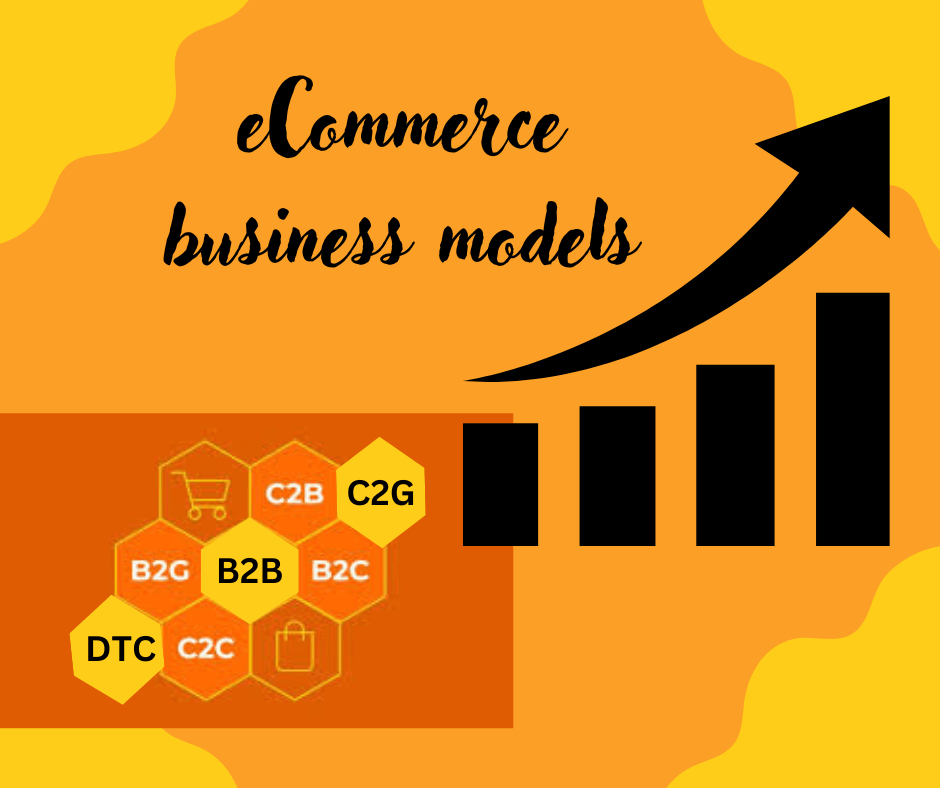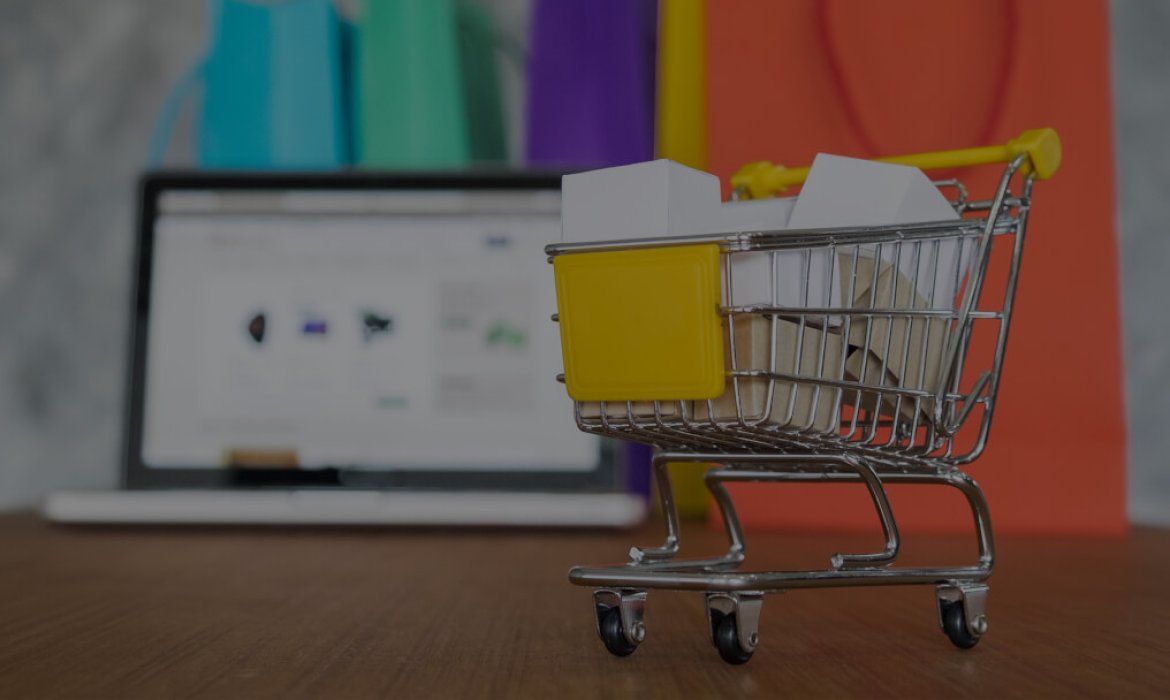Ecommerce has been growing and 19% of global retail sales in 2023 is attributed to it. By 2027 almost a quarter of all retail transactions will be online. But what is ecommerce and ecommerce business ideas ?
At its simplest ecommerce is buying and selling goods or services online. This includes transactions through online stores, apps, marketplaces and even social media platforms. Whether you’re a business selling to consumers (B2C) a business selling to another business (B2B) or an individual selling to businesses (C2B) ecommerce covers all of that.
Ecommerce
Ecommerce has come a long way since it started. What was once a way to sell stuff online has now become an industry in itself driven by technology and the widespread use of smartphones and internet globally. Today ecommerce is changing the retail landscape and offering opportunities for both businesses and customers. In this we’ll go into different ecommerce business ideas
Types of Ecommerce
In ecommerce there are models for buyers and transactions. Let’s take a look into ecommerce business ideas and models

- Business to Consumer (B2C): This model is where businesses sell to consumers. When you buy a pair of shoes online from your favorite store that’s a B2C transaction. Well known brands like Walmart and Target are B2C ecommerce.
- Business to Business (B2B): In this model businesses sell to other businesses. For example software providers like HubSpot or Microsoft primarily target businesses. B2B transactions are more complex and larger in scale than B2C sales.
- Consumer to Consumer (C2C): This model is where individuals transact with each other often through a platform. Selling a bicycle on eBay or Facebook Marketplace would be a C2C transaction.
- Direct to Consumer (DTC): DTC brands sell their products directly to customers without going through retailers or intermediaries. Well known subscription services like Netflix or Dollar Shave Club are DTC ecommerce.
- Consumer to Business (C2B): In the C2B ecommerce model people sell their products or services to businesses. For example a photographer selling images to a business is a C2B example.
- Business to Government (B2G): This is where companies sell goods or services to government bodies. For example a software company might sell management tools to a city council.
- Consumer to Government (C2G): In this case individuals sell products or services to government organizations. For example homeowners paying their utility bills online through a government portal.
Ecommerce Business Sizes
Ecommerce business ideas for global giants to new startups in all shapes and sizes.
Let’s take a look at the different ideas
- enterprise ecommerce platforms: These are big businesses with operations and a global reach. Badgley Mischka a luxury fashion brand chose BigCommerce as its platform to run their large online store.
- Mid Market: Mid sized businesses are in between small businesses and larger corporations. Chair King Backyard Store is a example they needed a checkout experience for their sales and found success with BigCommerce.
- small businesses: Many small businesses are moving towards selling products or services to niche markets. Moore Brothers Wine Company is small but uses BigCommerce to give their customers a seamless shopping experience.
- Startups: Startups like Molly Mutt a pet product company use ecommerce platforms to support rapid growth without big upfront costs.
The Role of Technology in Ecommerce
In ecommerce technology plays a big role by giving businesses the tools they need to run smoothly. Key technologies in this space are
- Ecommerce Platforms the foundation of online stores with features like payment processing marketing support and inventory management.
- Payment Gateways handle transactions by allowing customers to buy through credit cards, PayPal or even cryptocurrencies.
- Shipping and Fulfillment Tools that handle quotes order tracking and integration with carriers like USPS or FedEx are important for smooth fulfillment.
- Analytics is ecommerce by allowing businesses to track customer behavior through analytics tools and make informed decisions to increase sales. For businesses that have both online and offline stores
- Point of Sale (POS) Systems streamline transactions by integrating with the ecommerce platform, giving customers a unified shopping experience.
Benefits of Ecommerce
Running a business online has many advantages. Here are some of them
- Global Reach: With a store you can reach customers all over the world instead of being limited to a location.
- Fast Growth: Automation and data analysis tools make it easier to scale as you grow.
- Custom Experiences: Technologies powered by AI can create shopping experiences that increase sales.
- Lower Startup Costs: Ecommerce is cheaper to launch than a physical store.
The Challenges of Ecommerce
Ecommerce has its benefits but also its own set of challenges.
- Tech Integration: Integrating tools into an existing tech infrastructure can be hard although platforms like BigCommerce make it easier with their open APIs.
- Customer Service and Returns: One of the downsides of ecommerce is customers can’t physically touch or test products before buying them which means higher return rates.
- International Compliance: Going global means navigating through different regulations like GDPR for data protection and varying tax laws.
- Rising Consumer Expectations: modern customers have expectations for personalized experiences and seamless service across all channels. You need to meet those.
End
Ecommerce business ideas changing the way customers and brands interact. New to the game or veteran entrepreneur ecommerce has growth, efficiency and more customers. But you need to tackle technology and customer support to win in this digital world.

